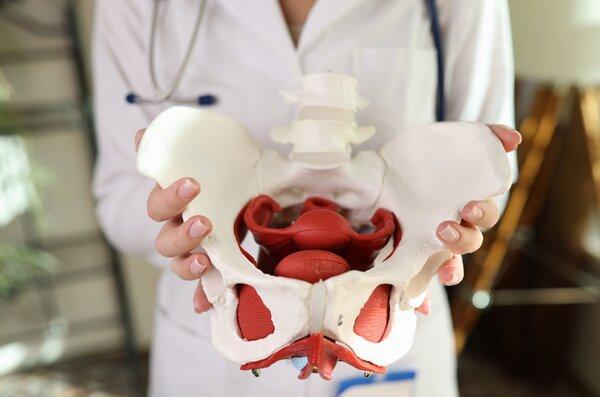5 Pelvic Floor Exercises More Effective Than Kegels For Pelvic Floor Strength (Video)

(Note: Some of the links in this post are affiliate links, and we will be compensated when you make a purchase by clicking through our links at no additional cost to you.)
Are you on a quest to enhance your pelvic floor strength, whether it’s in preparation for pregnancy, during pregnancy, or postpartum? The good news is that the strategies to achieve this goal remain consistent across these phases.
Unveiling Pelvic Strength:
Elevating your pelvic floor strength involves mastering the technique of exhaling while simultaneously lifting from the pelvic floor. For an even more impactful approach, envision the lift originating from your lower core. This method can provide added assistance in contracting the pelvic floor, a crucial element that often gets overlooked. During these exercises, and any others, remember to engage your deep core muscles (transverse abdominis) for optimal results.
However, there’s a reason why the widely-known kegel exercise isn’t the primary focus of rehabilitation. Many individuals tend to concentrate solely on squeezing their pelvic floor, disregarding the essential lifting aspect. Incorporating a cue to initiate the lift from the lower core, positioned between the pubic bone, can spark a more effective pelvic floor contraction. Let’s delve into why this approach outshines the traditional Kegel exercise:
Efficiency Matters: Simply squeezing without incorporating the lift lacks efficiency when compared to combining both actions. Integrating a lift from the lower core maximizes the impact of each contraction.
Real-Life Application: The beauty of diverting your focus to exercises other than Kegels lies in their capacity to mimic real-life movements. The pelvic floor operates as part of a dynamic network rather than in isolation. Thus, harmonizing its training with other muscle groups aligns with its collaboration during daily activities.
Harmonious Functionality: Just as some muscles perform optimally in synergy with others, the pelvic floor functions at its best when operating within a group. This interconnectedness plays a pivotal role in executing day-to-day tasks seamlessly.
Five Pelvic Floor Exercises to Embrace:
1) Bridge Pose (56% More Pelvic Floor Activation Than a Kegel):
- Lie on your back with knees bent.
- Lift your hips into a bridge pose, focusing on engaging the lower core and envisioning your pelvic floor lift.
- Hold briefly before lowering down. Repeat.
2) Cat/Cow Pose (41% More Pelvic Floor Activation Than a Kegel):
- Get on your hands and knees, transitioning between arching your back (cow) and rounding it (cat).
- Focus on incorporating the pelvic floor lift as you move through each pose.
3) Hover Exercise (49% More Pelvic Floor Activation Than a Kegel):
- Begin on all fours, knees under hips and hands under shoulders.
- Engage your core and lift both knees just above the mat.
- Maintain the position while controlling your breathing.
4) Clamshell Exercise (25% More Pelvic Floor Activation Than a Kegel):
- Lie on your side with knees bent.
- Keeping your feet touching, lift your top knee while maintaining contact between your feet.
- Lower the knee back down. Repeat.
5) Lunges (42% More Pelvic Floor Activation Than a Kegel):
- Perform lunges, paying attention to engaging your pelvic floor during each repetition.
Incorporate Pelvic Awareness into Functional Movements:
Infuse pelvic floor lifts into everyday activities like lifting objects or ascending stairs. This not only bolsters pelvic strength but also bridges the gap between exercises and real-life functionality.
Remember, your pelvic floor requires attention beyond conventional exercises. By combining exhaling techniques, lower core engagement, and a variety of dynamic exercises, you can foster a pelvic floor that thrives. Embrace these methods, infuse them into your workout routine, and embark on a journey toward a vibrant and empowered pelvic floor. Your body will thank you for it!
Be sure to check out the video below from Dr. Caroline Packard, DPT, PT on how to perform these exercises correctly.






